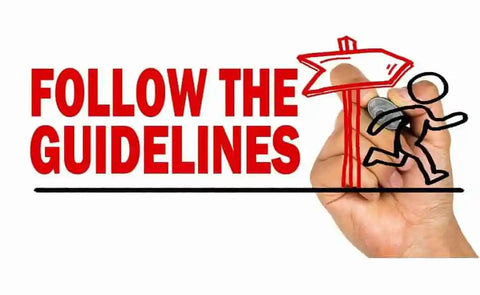Getting Your References Right: Reading and Following Publisher Guidelines
Almost every scholarly publisher, whether it is a university press that prints academic books or a reputable journal that publishes scientific articles online, provides specific guidelines for recording references to source materials. As an author interested in having your writing published, you will need to read the publisher’s instructions about the format of references with extreme care and then follow them with precision and consistency throughout your document.
Unfortunately, reading and deciphering the guidelines and examples provided by publishers can prove not only dull, but also far more demanding than might be expected. Special attention must be paid to the content expected for each reference, the order in which information should be presented, the punctuation used to separate bits of information and the formatting such as special fonts preferred by the publisher. These aspects of scholarly references can vary considerably even among publishers who use the same basic referencing methods and styles, so every detail, no matter how tiny, should be observed. Occasionally there will be discrepancies within a publisher’s instructions or between those instructions and the sample references the publisher provides. If you encounter this frustrating problem, you may want to consult work previously produced by the publisher to see how other authors have successfully coped with the problem, or you may want to write to the publisher for advice. The person you contact may even thank you for drawing errors to his or her attention.
Some publishers will direct authors to a particular style guide such as the Chicago Manual of Style or to a traditional method such as Vancouver numerical referencing for appropriate documentation techniques. If this is the case, it is essential to consult the relevant material for information on every type of source you use in your writing and to follow the guidelines for each type as you add references to your text and list. If the publisher also provides additional instructions and examples, be sure to prioritise the publisher’s instructions, adjusting the more general conventions to meet the publisher’s specific requirements. If a publisher indicates that books or articles previously published by the press should be consulted for models of correct referencing, it is best to look carefully at any works mentioned in particular and take the time to consult a few or several examples in order to find the information you need to record all of your sources properly. If you are confused about how to record especially tricky sources, applying the general principles in the guidelines in sensible and consistent ways usually works, but you can always contact the publisher to be sure you are proceeding correctly.
It is also essential to notice any limitations on the number of references allowed for the type of document you are writing – journals, for instance, will sometimes set a maximum number of references for particular kinds of articles. If you are using a software program to generate your citations and references, never assume it will produce everything exactly as a publisher would have it. Such tools save time, but they also introduce errors in the arrangement, formatting and content of references, so their work must be checked. Finally, a second pair of trained eyes is invaluable while polishing references, so if you can recruit a colleague or mentor to look through your references in relation to the guidelines you are following or perhaps engage the services of a professional academic or scientific proofreader, your references and therefore your document as a whole will benefit.
Why Our Editing and Proofreading Services?
At Proof-Reading-Service.com we offer the highest quality journal article editing, dissertation proofreading and online proofreading services via our large and extremely dedicated team of academic and scientific professionals. All of our proofreaders are native speakers of English who have earned their own postgraduate degrees, and their areas of specialisation cover such a wide range of disciplines that we are able to help our international clientele with research editing to improve and perfect all kinds of academic manuscripts for successful publication. Many of the carefully trained members of our manuscript editing and proofreading team work predominantly on articles intended for publication in scholarly journals, applying painstaking journal editing standards to ensure that the references and formatting used in each paper are in conformity with the journal’s instructions for authors and to correct any grammar, spelling, punctuation or simple typing errors. In this way, we enable our clients to report their research in the clear and accurate ways required to impress acquisitions proofreaders and achieve publication.
Our scientific proofreading services for the authors of a wide variety of scientific journal papers are especially popular, but we also offer manuscript proofreading services and have the experience and expertise to proofread and edit manuscripts in all scholarly disciplines, as well as beyond them. We have team members who specialise in medical proofreading services, and some of our experts dedicate their time exclusively to dissertation proofreading and manuscript proofreading, offering academics the opportunity to improve their use of formatting and language through the most exacting PhD thesis editing and journal article proofreading practices. Whether you are preparing a conference paper for presentation, polishing a progress report to share with colleagues, or facing the daunting task of editing and perfecting any kind of scholarly document for publication, a qualified member of our professional team can provide invaluable assistance and give you greater confidence in your written work.
If you are in the process of preparing an article for an academic or scientific journal, or planning one for the near future, you may well be interested in a new book, Guide to Journal Publication, which is available on our Tips and Advice on Publishing Research in Journals website.








